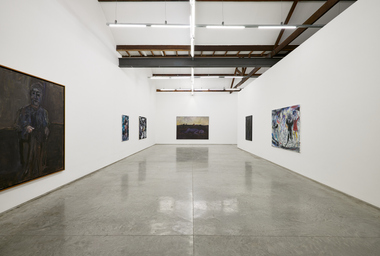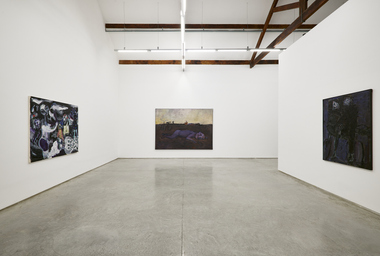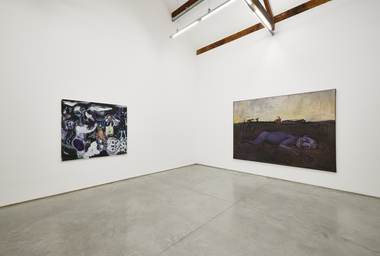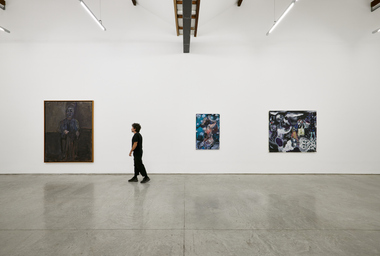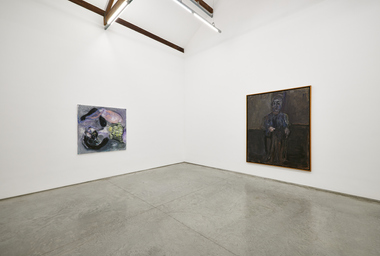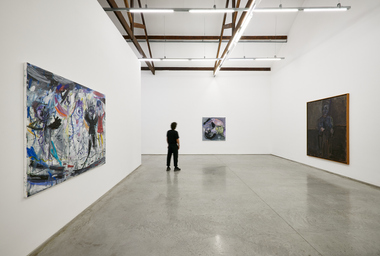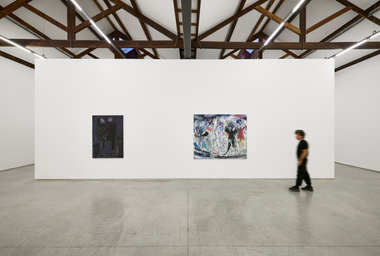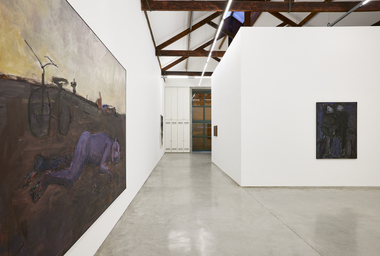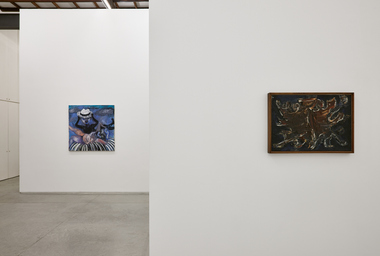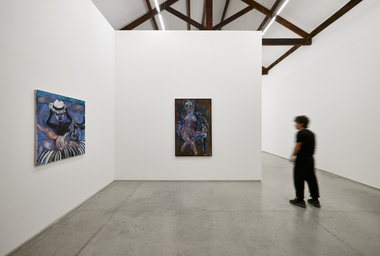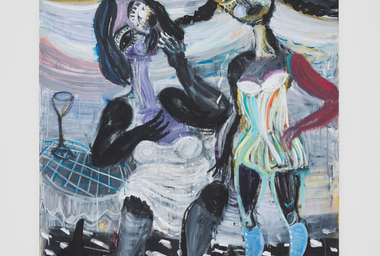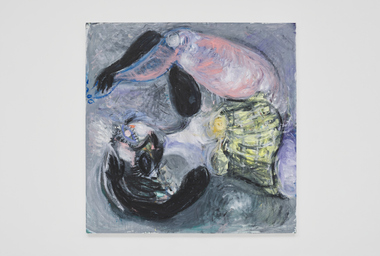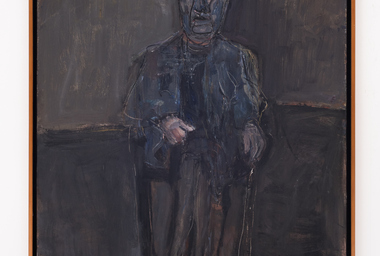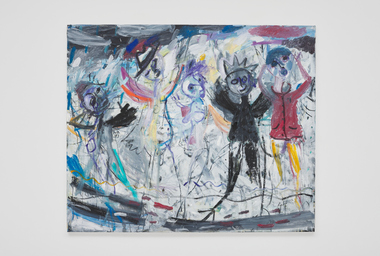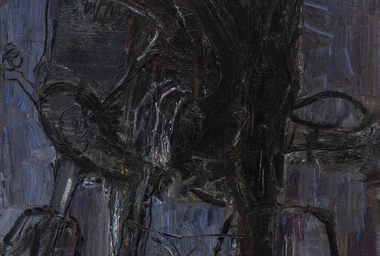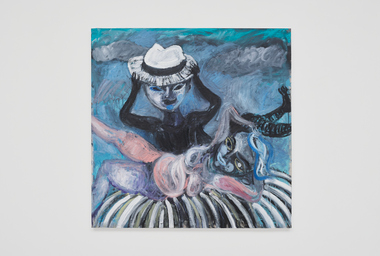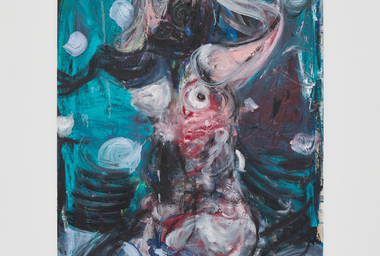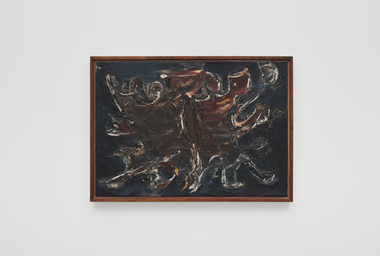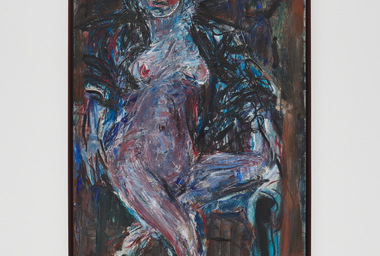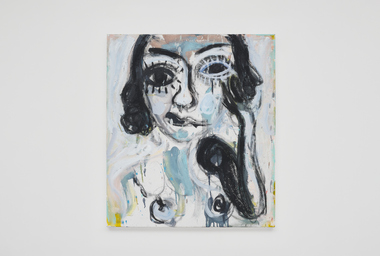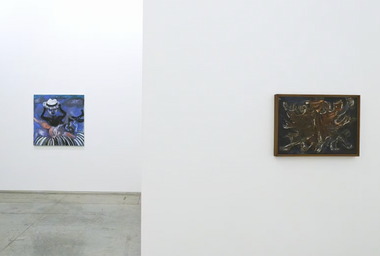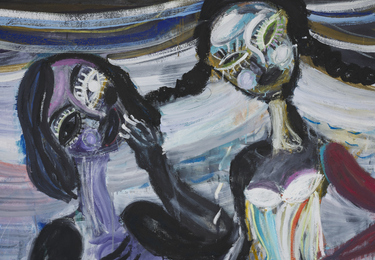
Gerben Mulder & Iberê Camargo
May 16 – Jul 27, 2024
Carpintaria
Rua Jardim Botânico 971,
Rio de Janeiro
Directions
Download
Fortes D’Aloia & Gabriel is proud to present “Gerben Mulder & Iberê Camargo” at Carpintaria. The dialogue exhibition draws parallels between two figurative painters, from distinct generations and geographic contexts, whose works trace thematic, formal and symbolic affinities. Curated by Luiz Zerbini, Paulo Azeco and Tiago Mesquita.
Among new paintings by Mulder (Amsterdam, Netherlands, 1972) and a historical selection from Camargo (Restinga Seca, Brazil, 1914 – Porto Alegre, Brazil, 1994), the works in the show elaborate dramatic dimensions of contemporary painting, suggesting fragmentary scenes and narratives through densely painted surfaces and turbulent, gestural brushstrokes. The character figures in both artists’ repertoire are emphasized in their relationship to emptiness. Animated like disjointed puppets, they guide us through somber, indeterminate spaces.
Iberê’s Motociclistas (1988) shows two figures mounting a skeletal motorbike. Their heads lean to the side and return a vacant stare to the spectator from behind the oil paint mask that forms their faces, and their silhouettes are dissolved against a nocturnal background. In Mommy’s Favorite Little Soldier (2024), Mulder represents a pair of women on a scratched, splattered and corroded surface. These formal attributes in both oeuvres translate into a frantic, taciturn psychological atmosphere and into a pictorial field where creatures flee from visibility, inhabiting a region of scars, bruises and superimposed blurs.
Gerben Mulder explores flowers, animals and the human figure as starting points for his oneiric, erotically charged paintings. In fragmentary scenes or still lifes, his work’s taciturn environment reflects echoes of hallucination back toward the viewer. Shifting between adult faces and childlike bodies, his ever-changing characters walk a fine line between innocence and perversion. Mulder employs a somber palette and turbulent gestures to portray threatening beings. Despite his images’ eerie subject matter, the artist treats his somewhat pathetic, dislocated creatures with a sarcastic sense of humor, as evidenced in the crooked smiles and ironic titles of many of his paintings.
A decisive figure in Brazilian 20th-century painting, Iberê Camargo incessantly melded pictorial matter, forming his compositions with figures in remote, imaginary spaces, immersed in a lonely, metaphysical landscape. In his insistence upon the spool motif, he approached abstraction with execution at once technically proficient and emotionally dense. Iberê created a shifting, viscous pictorial field and articulated the oppositions between expression and incommunicability, figure and ground, material vigor and subjective emptiness in nervous brushstrokes. Always antagonistic toward the constructivist tendencies that had been so influential in Brazilian art during his time, the artist employed expressionist influences in works charged with pathos and dramatic tension.
The dialog unfolds in O Burro Cansou, a survey exhibition by Mulder at NONADA ZN, curated by Luiz Zerbini and Paulo Azeco in partnership with Fortes D’Aloia & Gabriel. Opening May 25th, the show gathers paintings, drawings and sculptures from the last 20 years of his practice.
